BMW iX3 Review - Accomplishing More With Less
The iX3 is the first fully electrically powered BMW X model and until the iX and i4 follows, the only EV in the range for sale locally. It's one of the cheapest in its class - so how does it fare?


BMW had a really early head start in the electric age with the BMW i3 and i8, which till today I consider absolutely ahead of their time.
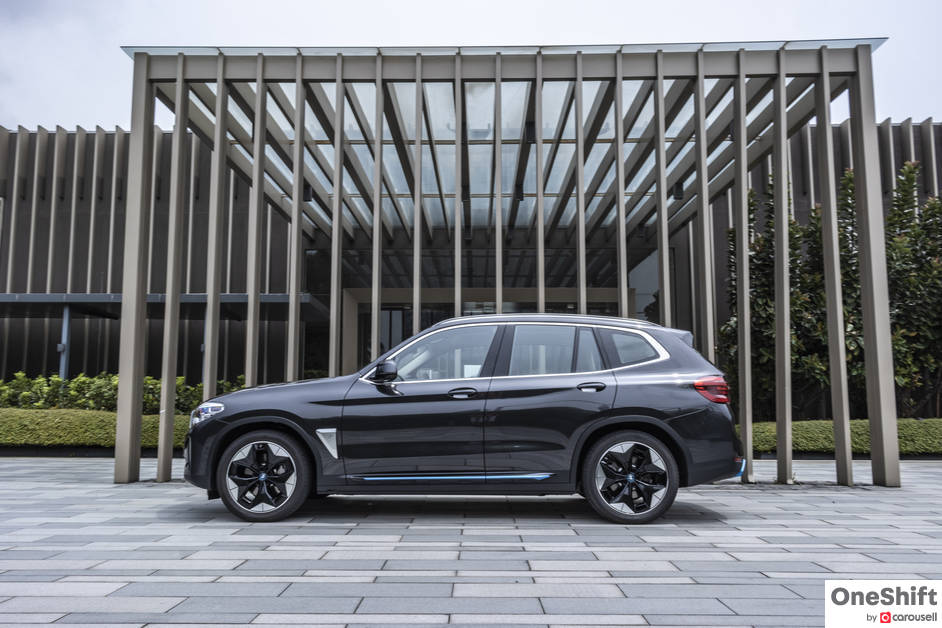
There was a lull as the models soldiered on for a rather long time without significant updates till much later, but now BMW is again ramping up its efforts in a big way, and the iX3 is a result of this. It’s the first fully electrically powered BMW X model and until the iX and i4 follows, the only EV in the range for sale locally.

It goes head on with the other giants in the industry in the form of the Mercedes-Benz EQC and Audi e-tron, but offers a substantially lower entry price. In fact, the iX3 is more affordable than even the base X3 sDrive20i M Sport by approximately S$20k, yet the electric car is as quick as the dearer X3 xDrive30i M Sport. Its numbers, no matter which metric you use, make a lot of sense.

It also looks good. BMW has not changed its design much from the standard X3, yet given it some fascinating details like the chunky aerodynamic alloy wheels (reducing its drag coefficient by around 5 per cent over an equivalent vehicle with conventional light-alloy wheels), BMW i’s blue accents applied over, an enclosed BMW kidney grille and a brushed metal insignia just below the A-pillar. It looks interesting enough to be differentiated from a normal X3 and it largely works, but I am not so sure about the blue ‘exhaust’ look in the rear - although they are so designed for aerodynamic purposes.
Quality is excellent inside and is an appreciable upgrade from a last-generation X3. Controls are a blend of conventional and high-tech, with physical buttons and knobs still in place, so it still retains a level of familiarity that is welcoming.
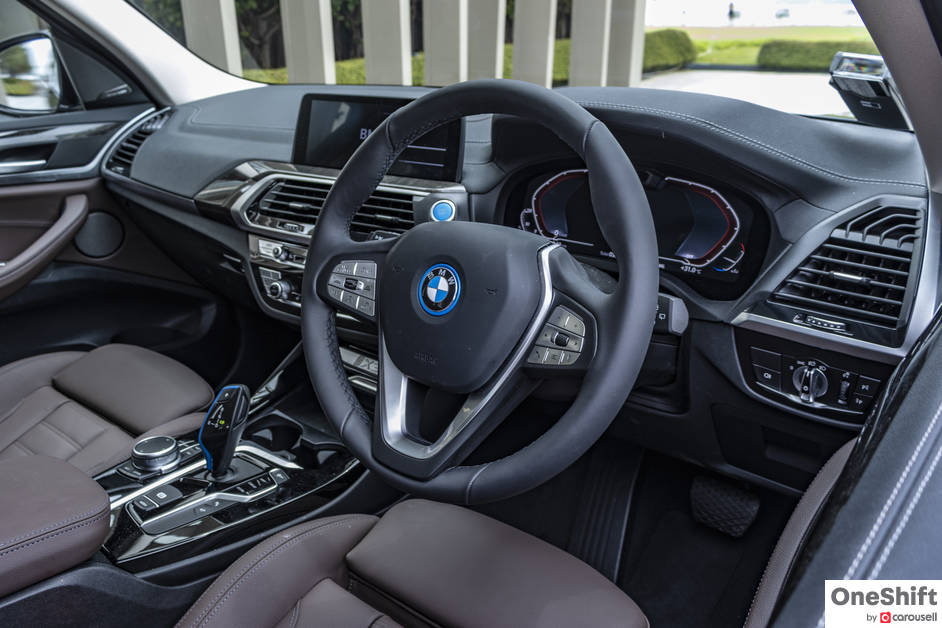
iDrive is a cinch to use and while there are many menus, it quickly gets very intuitive. The iX3 is equipped as standard with the latest generation of the ID7 operating system, allowing every line of software code in the car to be updated over the air. Gesture control is also fun to use as a party trick, although if you want to keep your hands on the wheel there is nothing wrong with the steering buttons.
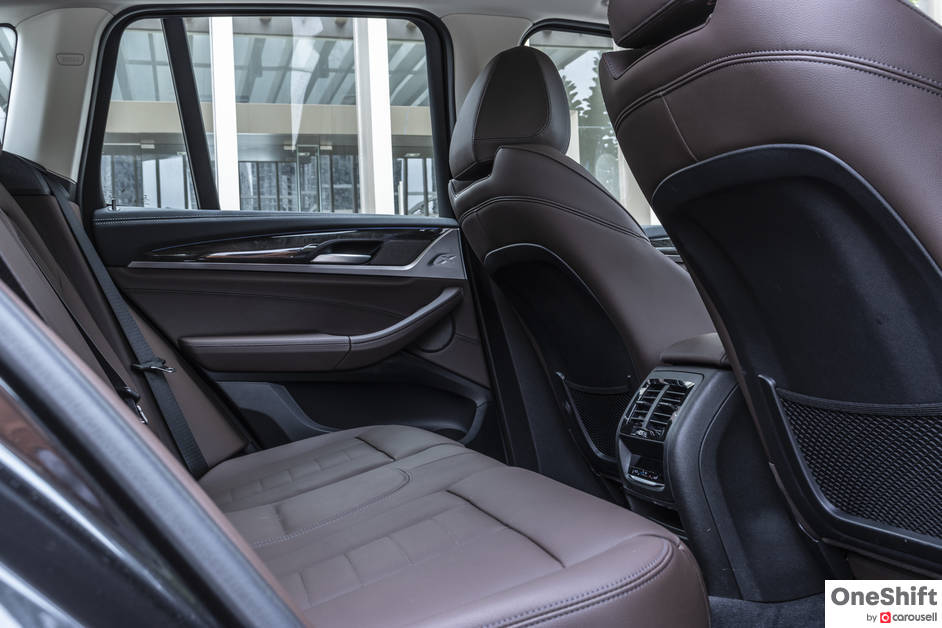
The desired panoramic sunroof does uplift the interior ambience significantly, while space is generous for all occupants, especially headroom. Rear seats are of course folding, making the iX3 as practical as its ICE-driven counterparts, as there are also no compromises with regards to the underfloor battery storage due to their slim construction. There is no frunk however, which is a nod to it not being a bespoke EV platform built from the ground up.
Although the iX3 is the least powerful amongst the competition, in practice it really doesn’t feel lacking for anything. 0-100 km/h is accomplished in 6.8 seconds officially, but it feels faster in real life - it is effortless in the way it goes about its business. The quirky simulated sound dubbed BMW IconicSounds Electric - a collaboration with Award-winning composer Hans Zimmer, no less - is also surprisingly likeable. For once, I didn’t feel a strong need to turn it off.
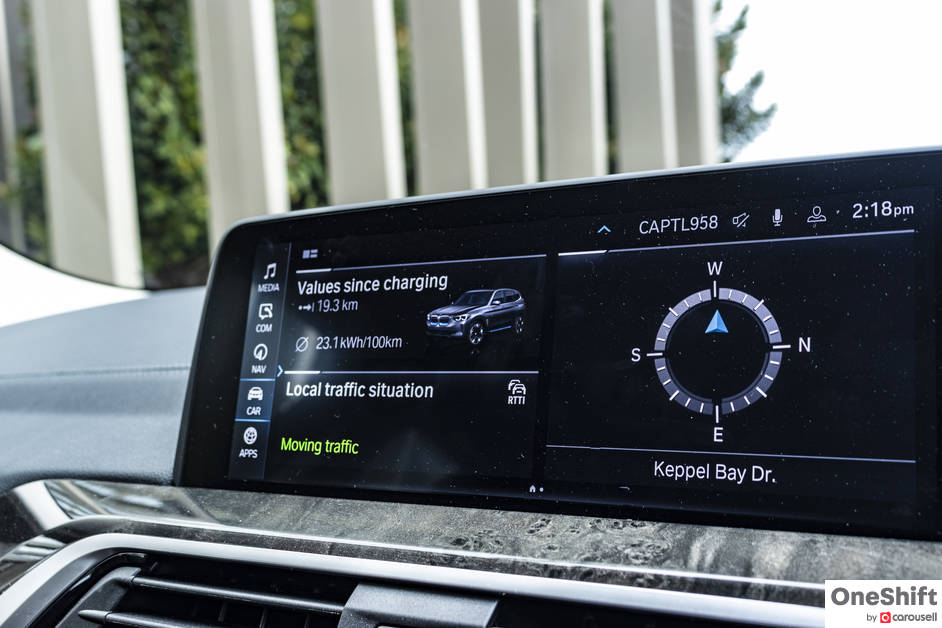
Apparently, the power density of the electric motor in the iX3 is 30% greater than that of other BMW Group EVs, and it shows in the way acceleration is meted out. It’s not feverishly quick like a Tesla, but it is all the better for it with a smoother, more natural build up of speed.
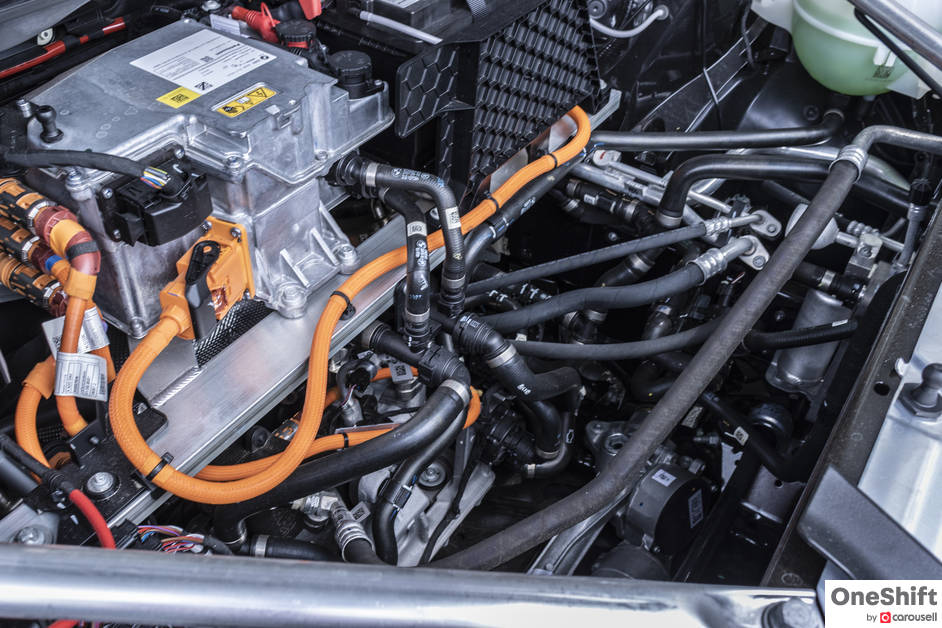
It helps too that it is rear-wheel drive, so there is less complication and less weight than a dual motor, AWD setup - and grip is hardly ever an issue. Even with spirited driving, the so-called ‘actuator contiguous wheel slip limitation (ARB)’ technology keeps things very much in check, responding ultra quickly to any loss of traction, quelling oversteer. But that split second of getting the rear to pivot slightly is very satisfying, and very BMW.
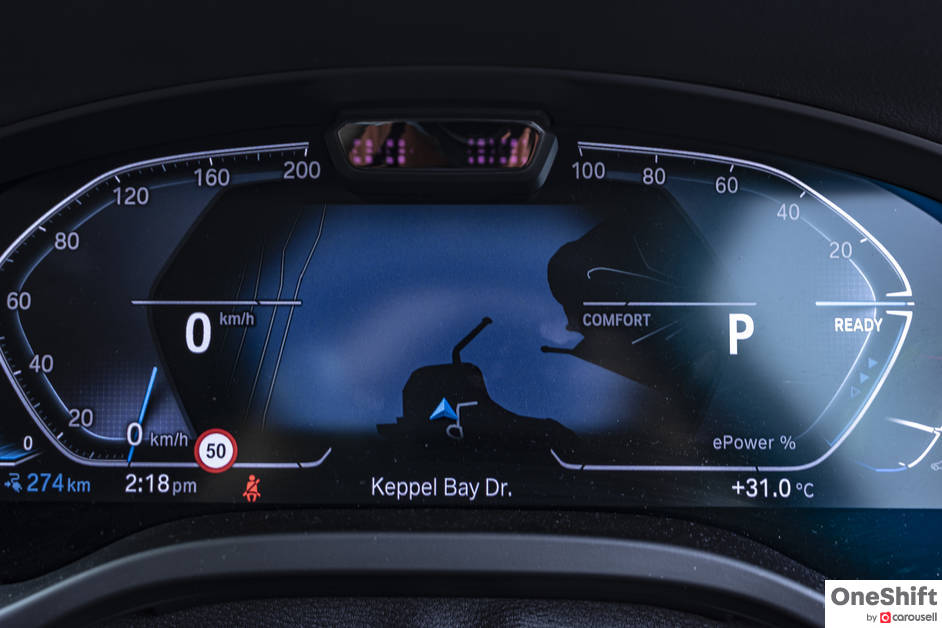
With adaptive suspension coming as standard, the car truly can tackle even the harshest of surfaces, while maintaining impressive body control. With the slim latest-generation high-voltage battery, the iX3 actually has a centre of gravity that is lower by around 7.5 centimetres compared with its conventionally powered BMW X3 siblings. This really pays dividends off in its handling; yes, it’s still a tall SUV, but it is extremely composed and well-sorted.
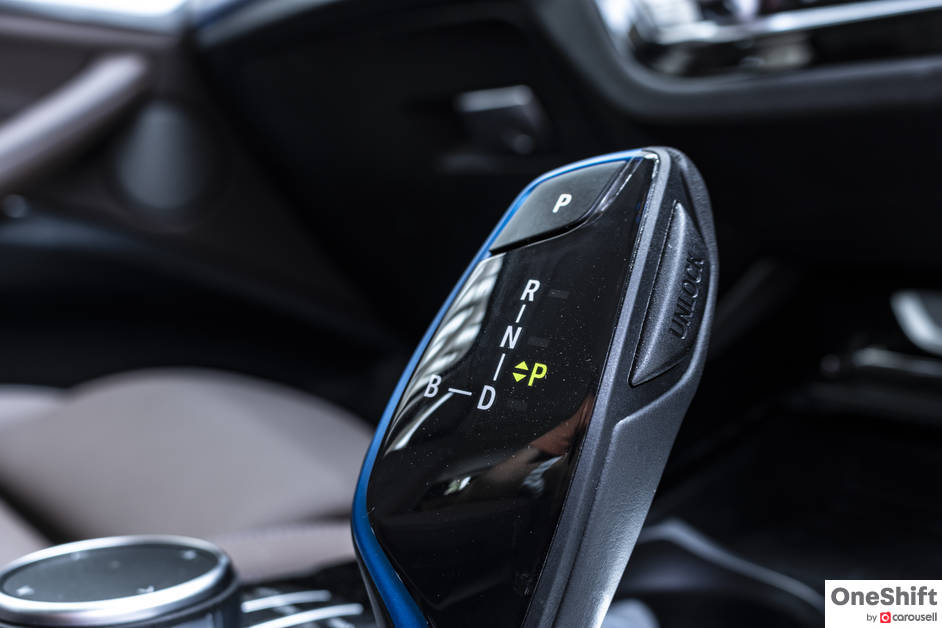
Range is a claimed 450-459km on the WLTP cycle, but because the range estimate is a factor of driving style and conditions, I saw a much lower figure on the trip computer. Over time my fears were eased as, with more miles clocked on normal driving situations, the range seemed to increase. I think the iX3 can comfortably do close to 400km unless one is really gunning it. With a 150 kW fast charger, the iX3 can charge from 0 to 80 per cent of its full capacity in 34 minutes.
The iX3 isn’t the most powerful nor the quickest in its class. But it is excelling in the most fundamental areas and making full use of its simplified single driven axle to show that less is really more. There is not much to dislike in this first electrified release from BMW in many years, and that shows BMW really hasn’t forgotten how to make great cars.
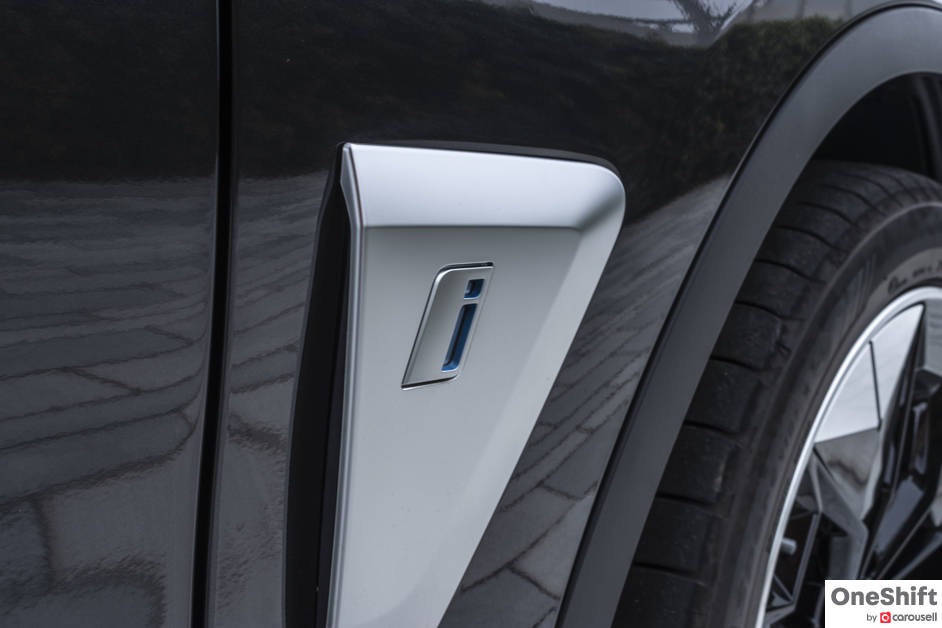
The pre-LCI iX3s have been sold out, and the LCI cars are set to arrive. Even at current COE levels, the iX3 is an attractive buy if you are looking for an all-rounded, well balanced luxury EV, not just one that can be fast in a straight line.
Credits: Text by James Wong; Photos by Clifford Chow








Get the Best Price for your used car
from 500+ dealers in 24 hours

- Convenient and Hassle-Free
- Consumer Protection
Transparent Process
With No Obligation





